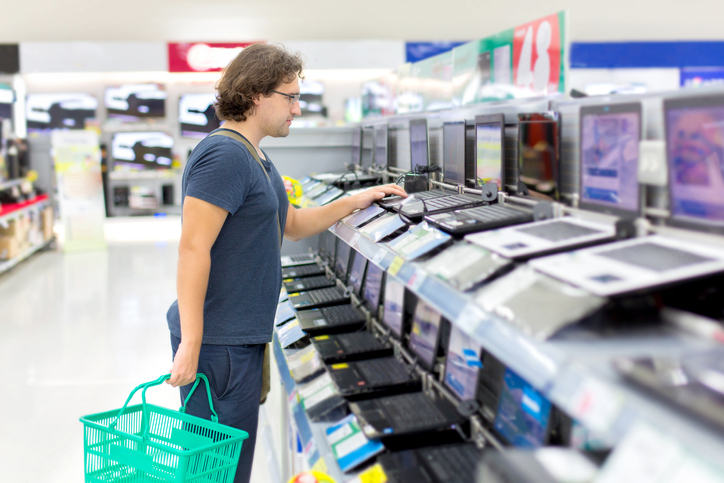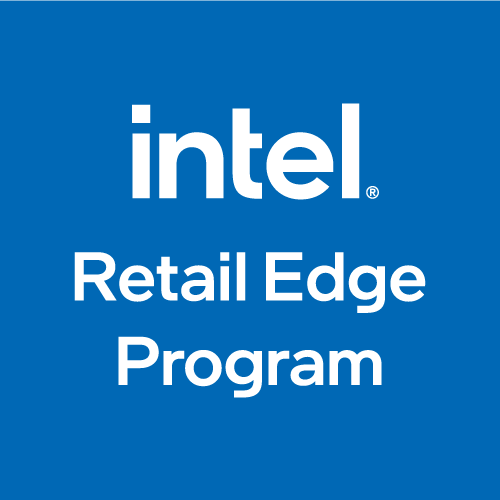4/26/19

Showrooming has been steadily rising over the years. A survey conducted by Accenture* found that 41 percent of consumers born between 1946 and 2000 indicated that they engaged in showrooming at least occasionally. For stores specializing in tech products and electronics, that figure is even higher. One report puts that number at 52 percent.
The popularity and near-universal adoption of mobile communication devices and smartphones have made it easier than ever for your customers to compare prices and check availability of products online. This can present significant challenges for tech retailers with brick-and-mortar locations and overhead costs that must be figured into product pricing.
High-ticket items and advanced technologies are among the most likely items to undergo the showrooming process. Customers may be unwilling to shell out cold hard cash for products they have not seen and touched for themselves, especially when those products constitute a healthy financial investment.
Computers, top-end smartphones, and televisions are among the most commonly showroomed items and represent a significant investment for most customers.
In some cases, failure to provide in-store customer service and support can lead to showrooming as well. Look at these interesting statistics:
Your sales associates are the face of your store and your brand. Failing to provide them with the knowledge and tools necessary to meet customer demands and expectations will only increase the likelihood of showrooming in your location.
By presenting accurate information, knowledgeable associates, and outstanding customer support throughout the in-store shopping experience increases the likelihood of making the sale in-store.
One factor that can encourage your customers to buy in-store versus online is the ability to acquire a PC right away as well as any necessary or desirable accessories.
A good example is enthusiasts. These customers generally want the latest and greatest technology yesterday and that includes laptops and desktops powered by new 8th and 9th Gen Intel® Core™ processors.
Techies who want to get their hands on these powerful new processors might also want to simultaneously purchase an upgraded motherboard, a new CPU cooler, a VR headset, or a multitude of other components. The added convenience made possible by the ready availability of products in your store’s inventory is one of the primary drivers for your customers.
By making it easy for them to obtain the devices they want locally, you can reduce the attraction of online purchases.
Ensure you have the right selection of devices, products, and accessories in stock to increase the likelihood these customers will make their purchases on the spot.
Bundles and price-matching guarantees are not feasible for all retail tech stores. In some cases, however, they can provide the added incentive needed to land that sale and promote your products effectively.
Price continues to be one of the top motivating factors for both online and in-store sales. By keeping your prices in line with the general market, you can achieve increased sales and higher profits for big-ticket items.
Showrooming can present new opportunities for your stores. By offering value-added services and offering to match prices, you can increase the chance of making the sale while the customer is in the store.
One of the most important benefits of shopping and purchasing in your store is the expertise and knowledge base of your sales associates. A Tulip Retail* survey revealed 83 percent of shoppers believe they are more knowledgeable than the in-store sales associates. The ability for shoppers to research products online through reviews, social media platforms, and more only adds fuel to this statistic.
Stop for a minute and consider your current sales staff. How well could they interact with and sell to a shopper from the above statistical group? Are you supporting their efforts to learn about the products in your inventory? Are you encouraging them to take advantage of all the training available to them to make them a better salesperson?
Sales associates need to feel their efforts are supported by their managers. Without this support, associates can become disengaged, demoralized, and uninspired. When your employees have the information and tools necessary to recommend the right device for a customer’s needs, upsell to premium devices or cross-sell appropriate accessories, and provide support throughout the purchasing process, they have a huge impact on the number of in-store shoppers who are converted to customers.
In-store shoppers want great experiences with as little friction as possible to go from browsing to purchasing. When your associates have the right product knowledge and helpful sales tools, they are better equipped to provide customers with exactly what they want and need.
The Intel® Retail Edge Program strives to provide you and your sales associates with all the information and support needed to meet the PC and technology needs of shoppers who walk through your doors.
Encourage your sales associates to become a part of the Intel® Retail Edge Program community so they can provide the value-added information your customers need to make their PC purchase in-store rather than online.
This article has been updated and originally appeared here.
References:
©Intel Corporation 2019. Intel, the Intel logo, Intel Retail Edge Program, Intel Core, and Intel Retail Edge Live are trademarks of Intel Corporation or its subsidiaries in the U.S. and/or other countries.
*Other names and brands may be claimed as the property of others.
